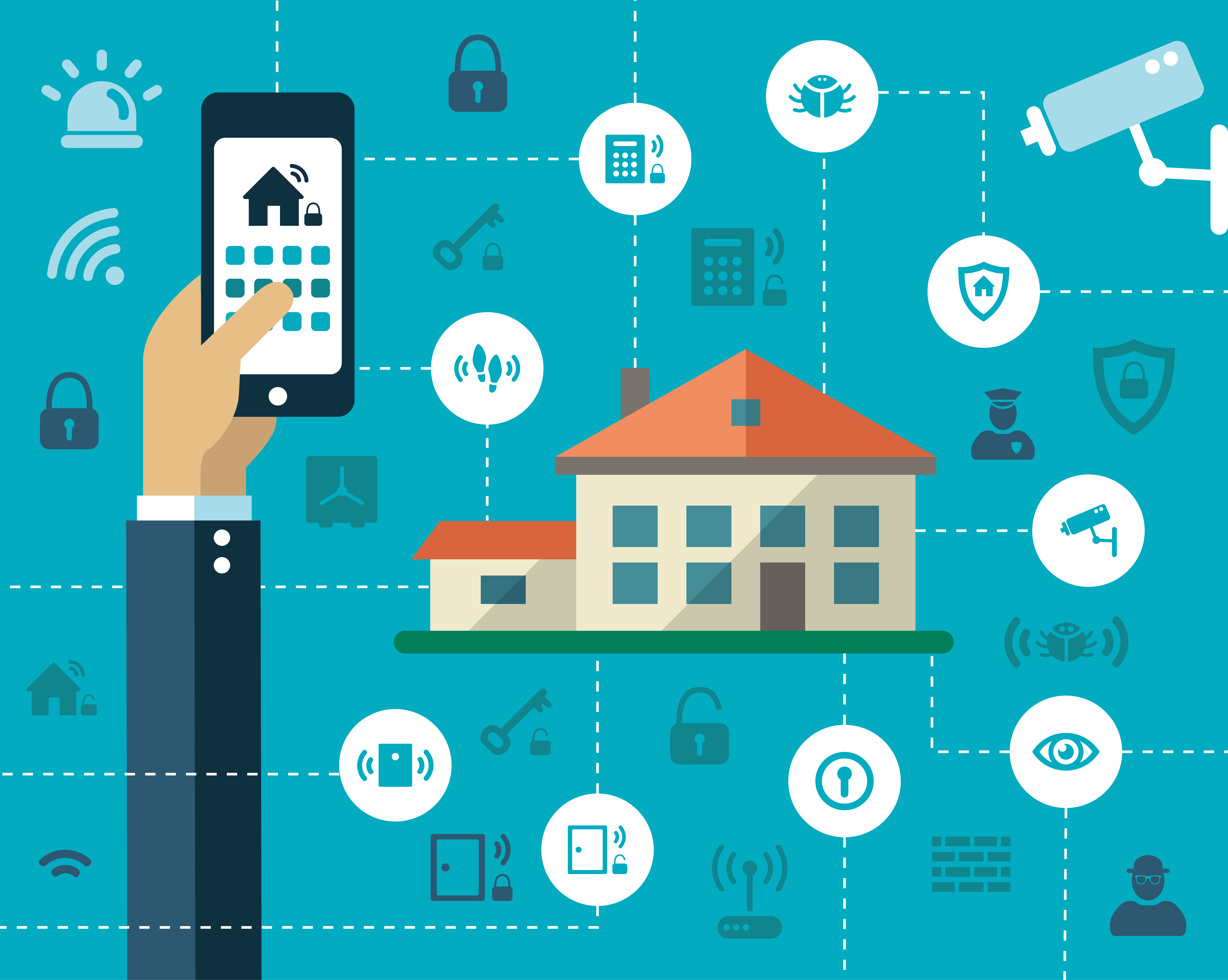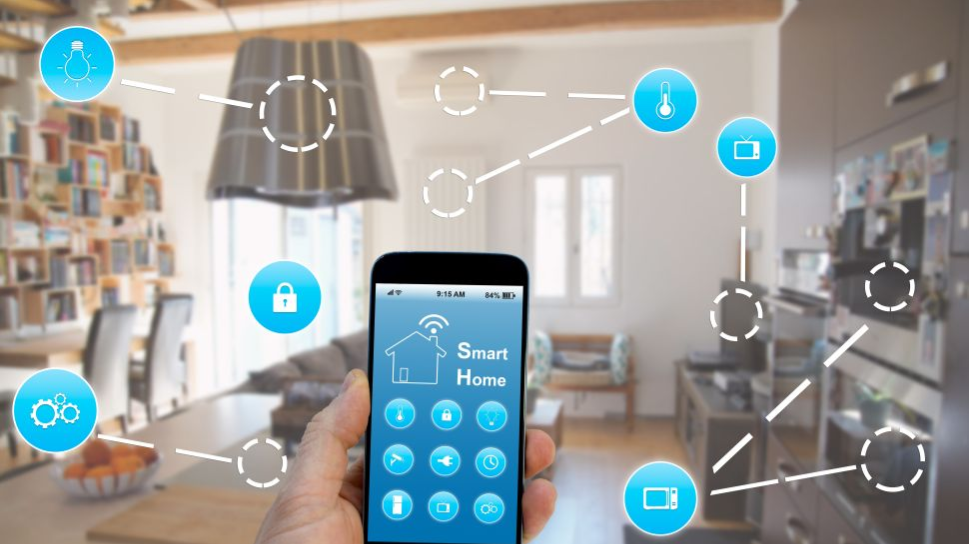Smart Home Security Cameras Market Size & Forecast by 2026
Table of Content
Asia Pacific is predicted to grow with the highest CAGR during the projection period. The increasing demand for automation solutions from residential applications is projected to drive growth in this region. The region's major players are focusing on cooperating with other well-known companies to create and deploy innovative smart type of home products. Key firms are concentrating their efforts on the development of IoT platforms and related technology that may be employed in smart home goods.
The partnership strategy of the key players in the market are leading to growth of home security solutions market. This partnership offers the home alarm devices, home monitoring devices along with homeowner’s insurance policy. According to Value Market Research, the global smart home security cameras market was valued at around USD 3375 million in 2020 and is estimated to grow at a CAGR of about 17% during the forecast period of 2020 to 2026. The market is fragmented at the global level with a major share occupied by Vivint Smart Home Inc., ADT LLC, Arlo Technologies, Inc., and others.
Smart Home Security Camera Market Report Scope
Globally, the increasing importance of the need to counter security issues is anticipated to fuel the demand for smart and connected homes over the forecast period. Moreover, innovative wireless technologies, including security and access regulators, entertainment controls, and HVAC controllers, are expected to foster market growth. These factors have positively anticipated propelling the growth of the global smart home security market.
For example, California's Senate Bill 327, claims that the security laws to be followed for all machines that link to the internet compromising smart home security systems. The bill needs the makers of such a machine to be designed to prevent unauthorized access, fitted with appropriate security features, information disclosure, or modification. The bill claims that the data gathered by the machine must be protected from unauthorized employment and appropriate. Moreover, if the device requires to be employed outside the LAN, the consumer must create a new password other than the one given by default to it, in order to avoid attack by attackers. There is adoption of the smart home systems on a large scale in North America and Europe to be next in line as compared to other regions.
Market Overview
Devices in a smart home are interconnected through the internet, allowing the user to control functions such as security access to the home, temperature, lighting, and a home theater remotely. A smart home’s devices are connected with each other and can be accessed through one central point—a smartphone, tablet, laptop, or game console. Door locks, televisions, thermostats, home monitors, cameras, lights, and even appliances such as the refrigerator can be controlled through one home automation system. The system is installed on a mobile or other networked device, and the user can create time schedules for certain changes to take effect. Similarly, smart locks, motion sensors, and window and door sensors are frequently linked to a shared network. This allows the security sensors to collaborate to create a comprehensive picture of the current security situation.

Advancement in technology has provided today’s businesses with multifaceted advantages resulting in daily economic shifts. Thus, it is very important for a company to comprehend the patterns of market movements in order to strategize better. An efficient strategy offers the companies a head start in planning and an edge over the competitors. Industry Research is a credible source for gaining market reports that will provide you with the lead your business needs. The research methodology used to estimate and forecast this market begins by capturing the revenues of the key players and their shares in the market. The rising use of retirement villages is one of the key trends in the senior home services market that is anticipated to gain momentum over the forecast period.
List of the Key Companies Profiled:
Fortunately, with the development of vaccine and other effort by global governments and organizations, the negative impact of COVID-19 is expected to subside and the global economy is expected to recover. The report aims to provide an additional illustration of the latest scenario, economic slowdown, and COVID-19 impact on the overall industry. Individuals and market competitors can use this report to forecast future profitability and make critical business decisions.

From 2018 to 2022 the Smart Home Security Industry growth is projected to average 22% per year. Integrated Appliances are the leader in terms of Smart Home Security Market Share by access technology. The short term impact of COVID-19 on the Smart Home Security market growth will likely be Medium because an increasing number of consumers, children and employees stay indoors, using several devices. The demand for smart home security may increase as electronic devices become an essential tool for the activities at home; but the supply may face difficulties, since factories are operating at a lower capacity. Also, monitoring devices may suffer a restraint due to the decrease in the need to monitor the houses, since people are permanently there. The demand may face difficulties in the long term until production is restored completely.
Heavy Industry & Manufacturing
The report's scope encompasses market sizing and forecast for the communication module, device type, and geography segments of the global smart home security market. The study also analyses the overall impact of the COVID-19 pandemic on the ecosystem. Copper is critical to a sustainable future, enabling e-mobility and renewable sources of energy, accelerating green buildings, electrifying state-of-the-art power grids, and reducing risks in hospitals via antimicrobial surfaces. Thus, an increase in the demand for copper over the coming years is likely to propel the growth of global mined and refined copper production. On the basis of Geography, the Global Smart Home Security Market is classified into North America, Europe, Asia Pacific, and Rest of the world. The early adoption of home security systems in this region, the introduction of IoT, and the development of smart cities, along with ongoing projects will boost the market in the North American region.
Globally, there are already 770 million cameras in use, with 54% of these being in China. According to a survey by Comparitech, 16 out of the top 20 most surveilled cities are in China. A study conducted by the University of North Carolina at Charlotte shows that security cameras were the most effective deterrents to break-ins, with 50% saying they would abandon their attempts if they saw a camera. Jeff Welch, a former corrections officer and founder of Grab The Axe Security Consultants LLC, explained that having video evidence of the home being broken into can help expedite insurance claims.
Smart appliances, such as smart refrigerators, air conditioners, and washing machines, are built with cutting-edge technology that allows them to operate efficiently while consuming less energy. The market's growth will be fueled by factors such as major advancements in technologies such as cellular and networking technologies, IoT, and others. There is an increasing demand for value-based, and on-demand home automation solutions as the adoption of cloud-based systems grows. Traditional home systems were developed to work with a limited amount of connectivity. It has taken use of connectivity to provide owners with remote access to their homes.
According to BrandEssence research, the North American smart home market reported 172.6 million smart home systems in 43.1 million smart homes in 2019. This accounts for 30.2% of all households, making North America one of the most advanced smart home markets in the world. The solutions that use fingerprint recognition technology to identify authorized people and grant them entrance to their houses currently dominate the Japanese market segment for smart access control systems. The demand for home security systems is driven by the increasing adoption of smart homes, where smart security systems are integral.
Comments
Post a Comment